
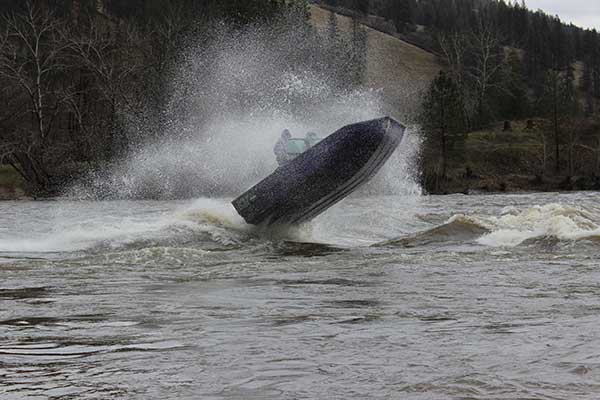
5052-H32 Alloy Temper used for most construction except where specified. The interior of the boat is coated with bed-liner material. One of its benefits is that it functions as a sound-deadening application. Zero Aluminum to Aluminum contact between boat subfloor and flooring! Triple bulkhead cross floor construction, 28 cross floor braces @ 16-inch centers, .125” (1/8“) thick channels 6063-T6 Alloy Temper, bulkhead plates .160” (4/25”) thickness.
*2013 EPA approved closed fuel system, dual anti-siphon ventilation, and splash tray fill.
**4-inch Blower and welded aluminum cowl vent system to accommodate NEW USCG ventilation regulations and standards.
If you would like a more detailed breakdown of our boat specifications, please contact us. We would be happy to provide you with any information you may need.
Every detail of our jet boats has been thought through, tested, and retested to ensure all components of an SJX2170 jet boat work seamlessly together. This is the only way we build our boats. It’s why we are the best out there.
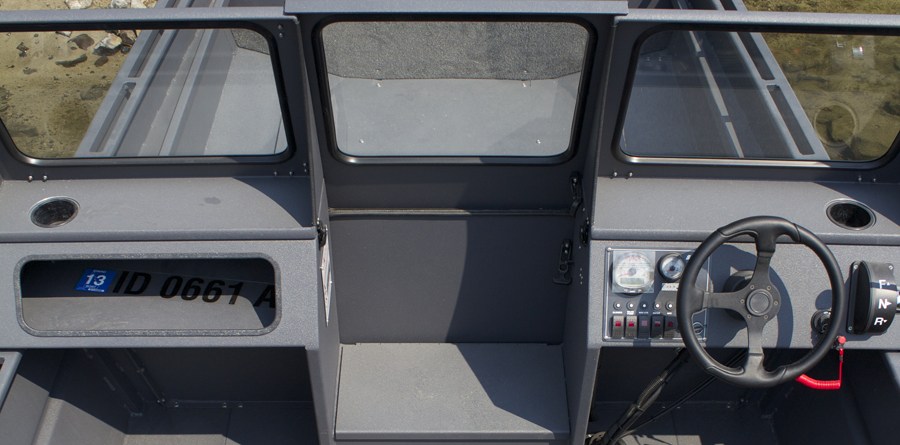
Dual Console assembly, 3 piece windshield with center walk-thru, upper and lower console doors for easy access, passenger side glove compartment passenger side, storage step box, .125 (1/8 inch) thickness, 5052-H32 Alloy Temper, solid bulkhead type construction yet still removable “Zero Flex”.
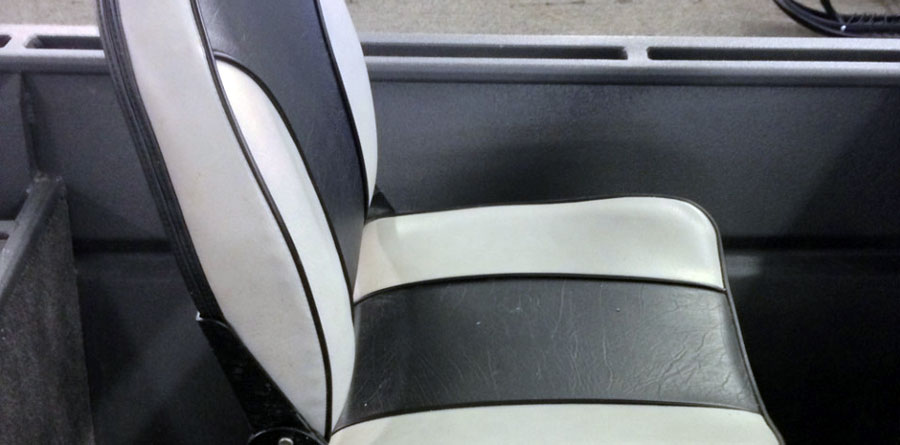
Raised rear deck over fuel tank, storage compartments on sides of engine compartment. Step-up front deck. Interior 4-wheelers ramps. Large bow hatch with hinging lockable lid with storage. Aluminum seat/storage boxes, hinging lid, with custom folding and swiveling seats (color choices).
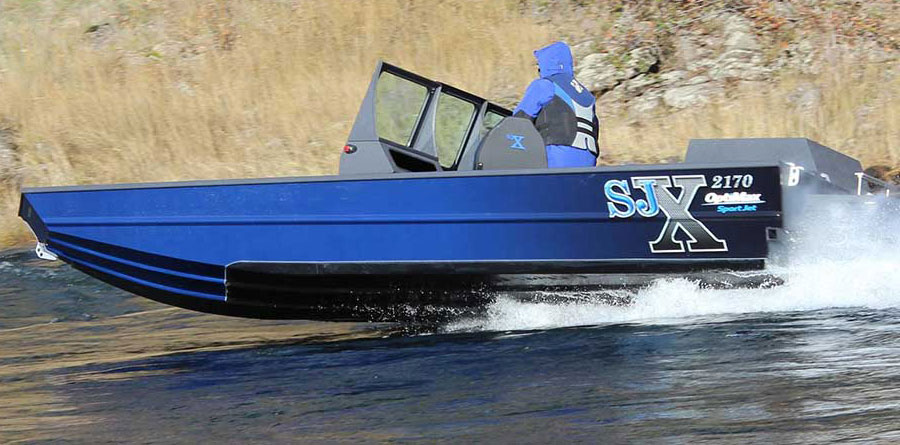
The boat’s exterior is wrapped with a pattern or color of your choice from our standard options or custom ones, including standard graphics. The entire “Interior” bed-liner coating is a color option as well. A nice feature about our bed-liners is you can purchase one of our bed liner kits and do a repair at your home or shop.
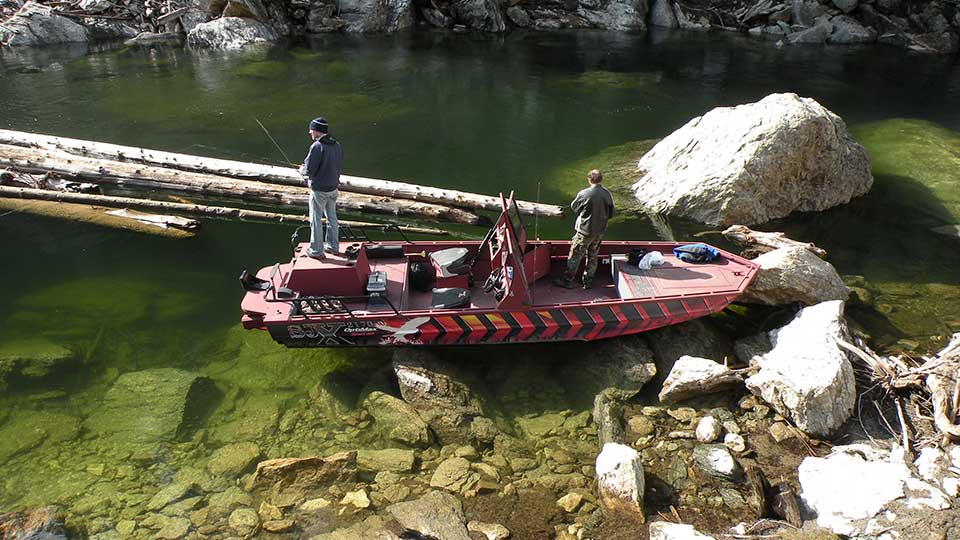
● Welded transom eyes, .375" 3/8" thickness, 6063-T6 Alloy Temper. ● Welded bow eye, .375" 3/8" thickness, 6063-T6 Alloy Temper. ● Weld-on transducer brackets for fish and depth finders. ● Weld-on zinc plate brackets. ● Swim deck/Jet guard.
